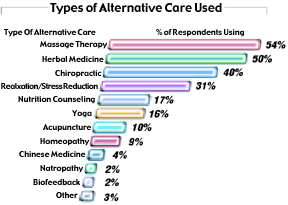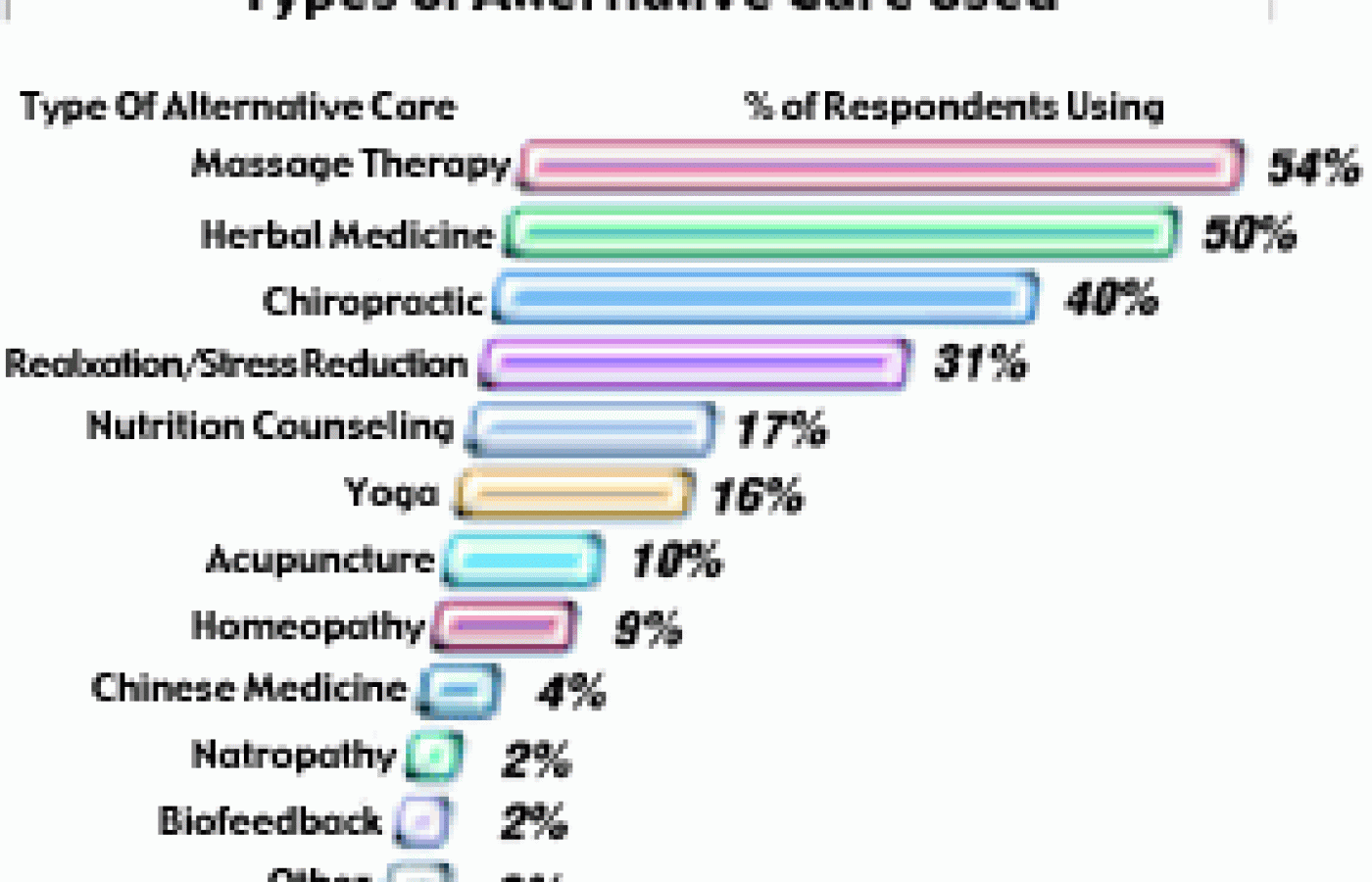Some doctors thrive in a personality-based clinic and have a loyal following no matter what services or equipment they offer, but for most chiropractic offices who are trying to grow and expand, new equipment purchases help us stay relevant and continue to service our client base in the best, most up-to-date manner possible. So, regarding equipment purchasing: should you lease, get a bank loan, or pay cash?
Greater Access to Alternative Care - Survey of Employee Benefit Specialists Very Encouraging

The International Society of Certified Employee Benefit Specialists has conducted a nationwide survey on the personal use of alternative care and employee benefits. Those surveyed included employee benefit specialists, consultants, plan administrators, insurers and managed care providers.
The results of the survey hold great promise for chiropractic and other forms of alternative care among employee benefit plans. The first set of questions were directed at the personal habits of employee benefits specialists:
- 45 percent of respondents used some form of alternative care in the last year.
- 20 percent of those who haven't used alternative care expect to or would consider doing so in the future.
Chiropractic was the third most used form of alternative care, with "well-being" the most common reason for using it:

The second section provides insight into future expectations, with questions specific to the current coverage and employers' attitudes:
- 67 percent expect the current interest in alternative care to be increasing.
- 46 percent believed that employer coverage of acupuncture will be as common as coverage of chiropractic is today within the next 10 years.
Perhaps the most important question addressed the obstacles preventing employer coverage:

The "Obstacles to Employer Coverage" list should be considered a potential agenda for chiropractic and other forms of alternative care seeking greater employer coverage. While public demand is fueling inclusion on a limited basis, the obstacles on the list are keeping many employees from enjoying the care they need.
Of the top three obstacles, research is coming along, but lack of consistent regulation and the need for greater public-relations endeavors continue to hamper full inclusion.



